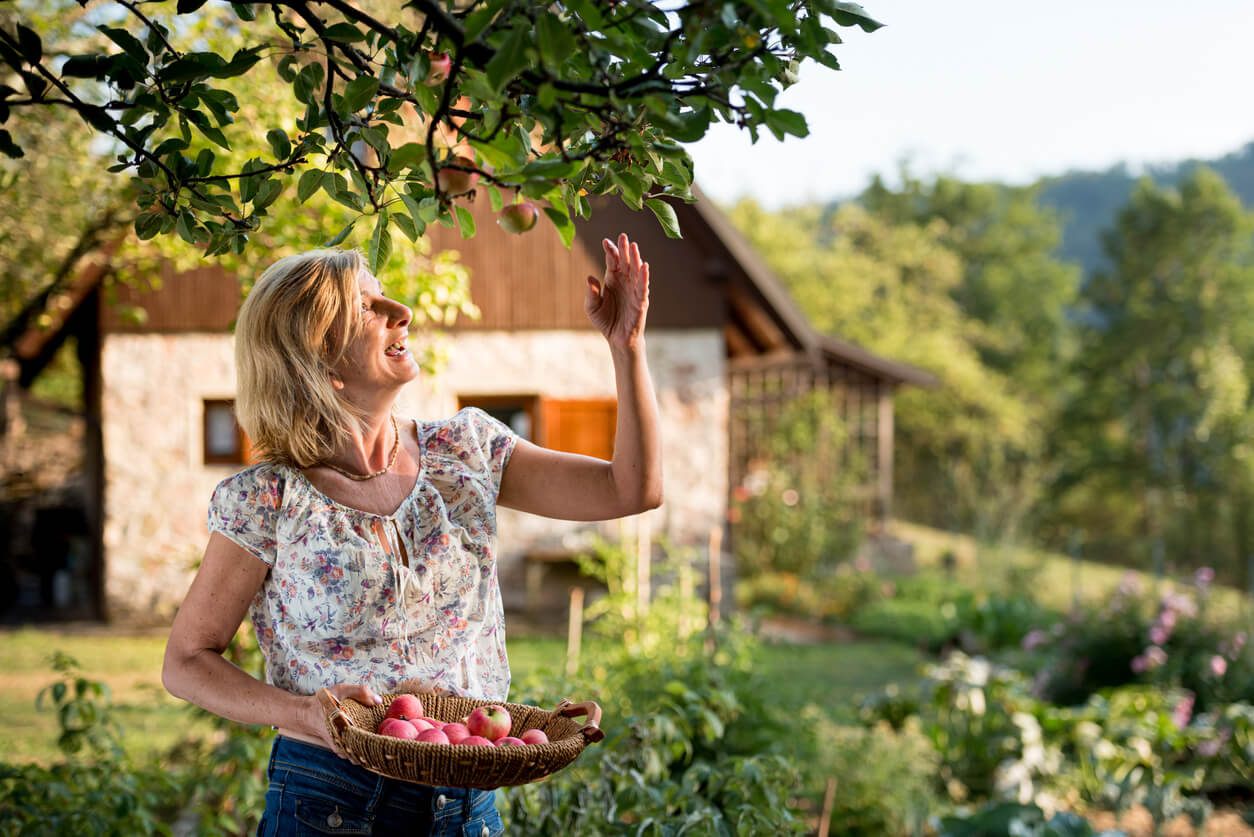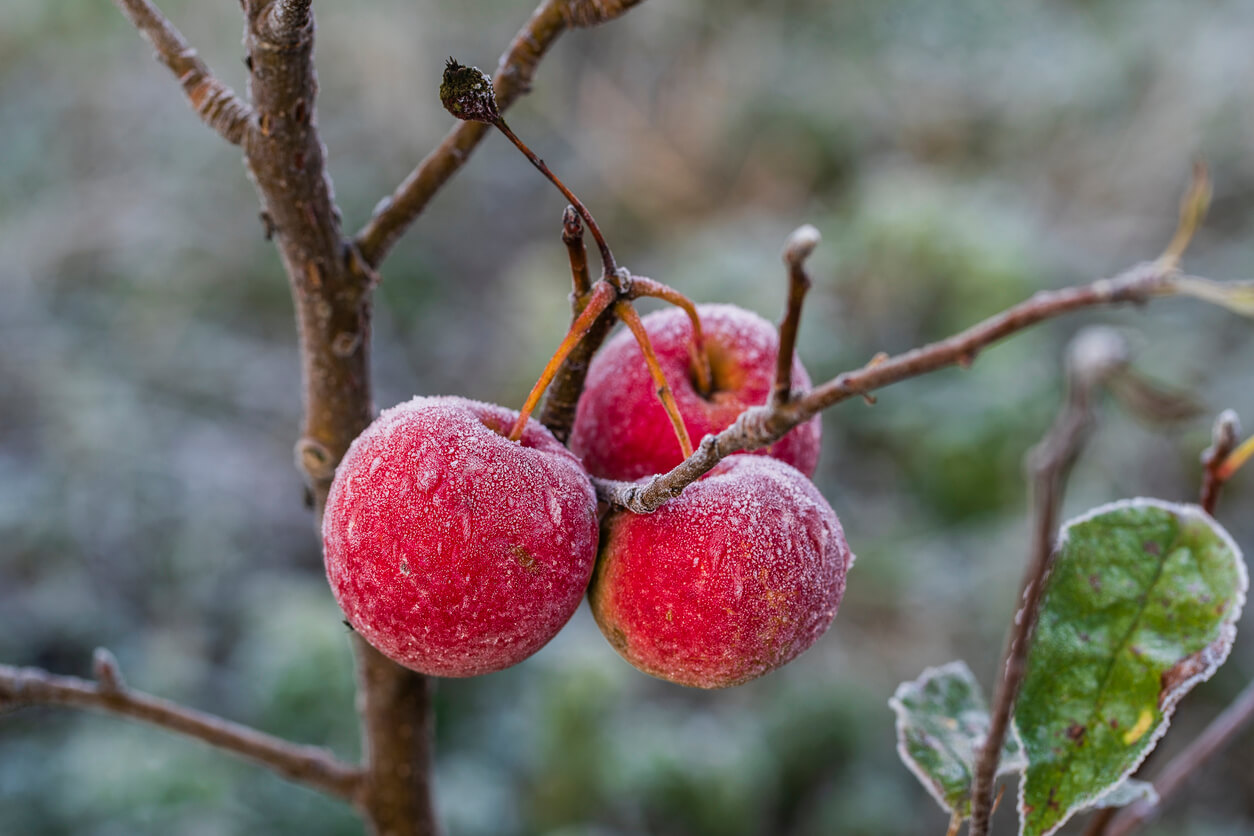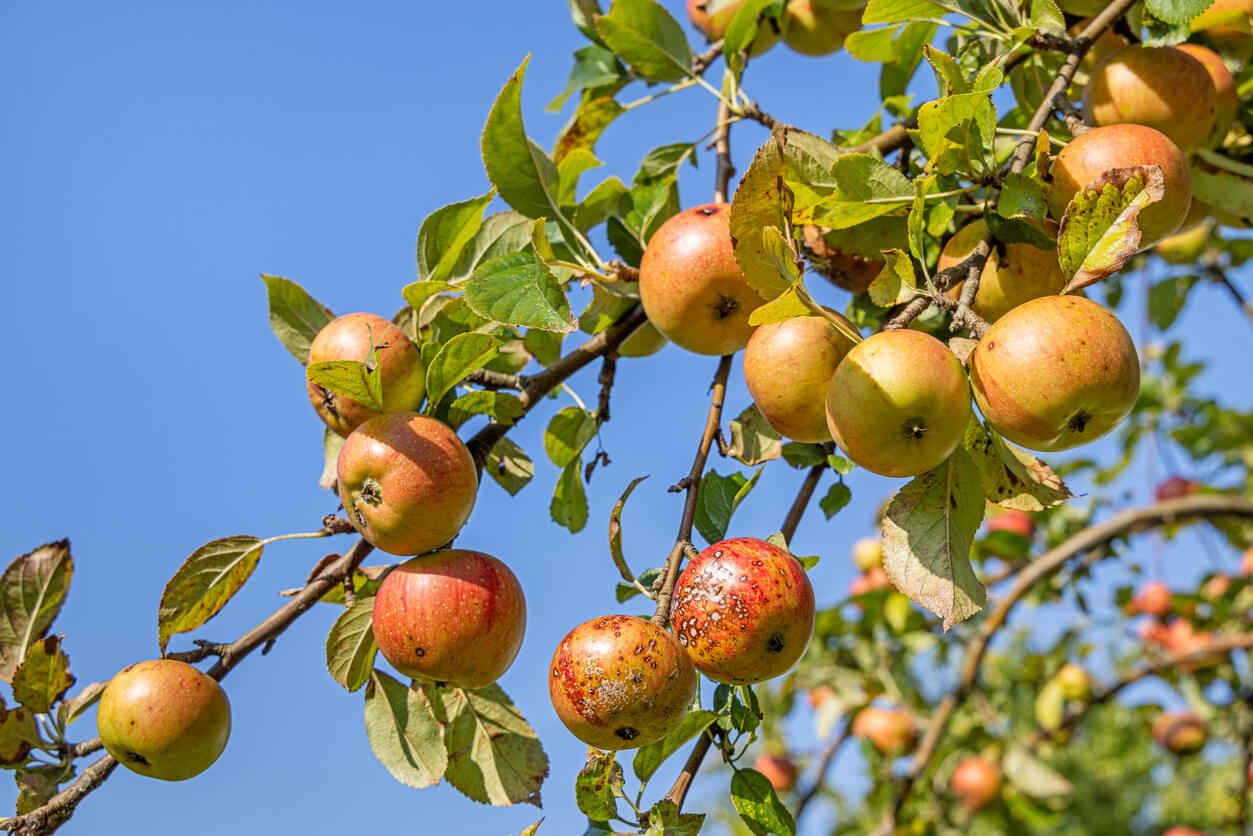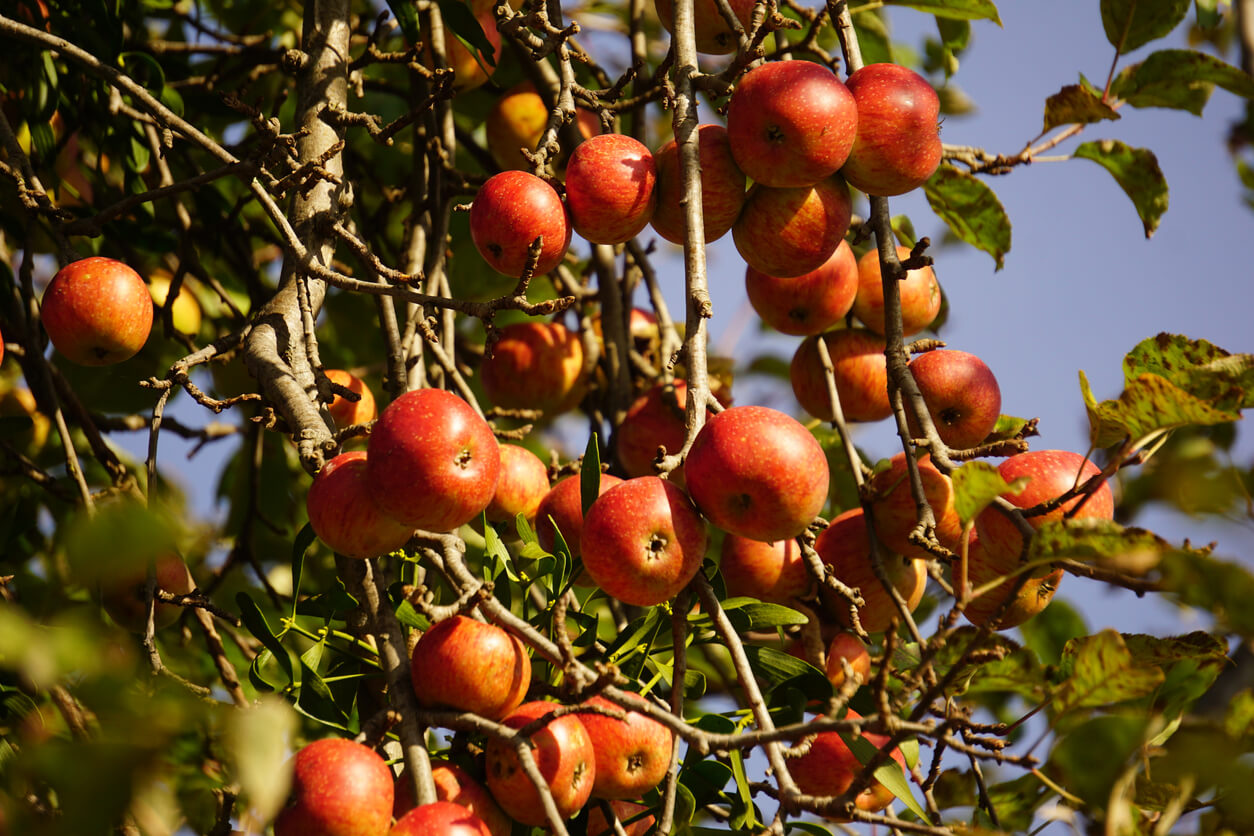
In apple-growing season, the thought of biting into a crisp, juicy apple fresh from your own tree never fails to bring a smile to my face. But lately, I’ve noticed some changes. Have you? Maybe your trees are blossoming earlier than usual, or perhaps last summer’s heatwave left your apples sunburned and your trees stressed.
If you’re nodding along, you’re not alone. As fellow backyard orchardists, we’re all facing new challenges as our climate shifts. The good news? With a little know-how and some creative problem-solving, we can help our beloved apple trees not just survive, but thrive in these changing conditions.
As weather patterns shift due to climate change, backyard apple growers face new challenges in maintaining healthy, productive trees. Increasing temperature fluctuations, unpredictable frosts, and heat waves can all impact apple tree health and fruit yields. However, with some proactive measures and adaptive techniques, you can help your small orchard thrive even as conditions change.
Before diving into specific adaptation strategies for apple-growing, it’s important to understand the main climate-related risks facing apple trees:
- Early spring frost damage to buds and blossoms
- Insufficient winter chill hours for proper dormancy
- Heat stress during summer months
- Drought and irregular rainfall patterns
- Increased pest and disease pressure
By addressing these key areas, you can significantly improve your orchard’s resilience to changing weather patterns.

Frost Protection Strategies for Apple-Growing
Late spring frosts pose a major threat to apple production, as they can damage or kill delicate buds and blossoms. Here are several methods to winterize and protect your trees in the spring:
- Site selection: When planting new trees, choose locations with good air drainage. Cold air flows downhill, so avoid low-lying areas where frost pockets can form.
- Delayed pruning: Wait to prune until later in the dormant season or early spring. This can slightly delay bud break, potentially helping trees avoid the most vulnerable early spring frost period.
- Frost cloth or row covers: Keep lightweight fabric covers on hand to drape over smaller trees when frost is forecast. These can provide several degrees of protection.
- Sprinkler systems: For more extensive protection, install an overhead sprinkler system. Running sprinklers continuously during a frost event can protect blossoms by forming a protective layer of ice.
- Wind machines: While likely too expensive for most backyard growers, portable wind machines can be rented to mix warmer air above the orchard with colder air at tree level during inversions.
- Cultivar selection: When adding new trees, choose later-blooming cultivars or those with greater frost tolerance.

Heat Stress Management
As summer temperatures rise, heat stress can impact tree health and fruit quality. Consider these approaches to keep your trees cool:
- Adequate irrigation: Ensure trees receive consistent moisture, especially during heat waves. Drip irrigation or soaker hoses can deliver water efficiently to the root zone.
- Mulching: Apply a 2-4 inch layer of organic mulch around trees (keeping it away from the trunk) to retain soil moisture and moderate soil temperatures.
- Shade cloth: For smaller trees or those in particularly hot microclimates, consider using shade cloth during the hottest part of the day to reduce heat stress.
- Foliar sprays: Apply kaolin clay sprays to leaves and developing fruit. This reflective coating can lower leaf temperatures and reduce sunburn on apples.
- Pruning for airflow: Maintain open tree canopies through proper pruning to promote air circulation and reduce heat buildup.
- Companion planting: Interplant heat-tolerant groundcovers or low-growing plants beneath trees to create a cooler microclimate.

Enhancing Overall Orchard Resilience
Beyond specific frost and heat management strategies, consider these broader approaches to increase your orchard’s adaptability:
- Diversify varieties: Plant multiple apple cultivars with varying bloom times, heat tolerance, and disease resistance to spread risk.
- Improve soil health: Focus on building organic matter and soil biodiversity to enhance water retention and nutrient availability.
- Water management: Install rainwater harvesting systems or swales to capture and store water during wet periods for use during dry spells.
- Integrated pest management: Monitor for pests regularly and use cultural, biological, and mechanical controls before resorting to chemical interventions.
- Microclimates: Create beneficial microclimates using structures like stone walls or water features to moderate temperature extremes.
- Tree training: Experiment with different training systems like espalier or tall spindle to optimize space use and potentially make protection measures easier to implement.
Monitoring and Adapting when Apple-Growing
As you implement these strategies, it’s crucial to closely observe your trees and track weather patterns. Keep detailed records of bloom times, frost events, summer temperatures, and tree responses to various interventions. This data will help you fine-tune your management approach over time.
Additionally, stay connected with local extension services, apple grower groups, and climate-focused agricultural organizations. These resources can provide valuable region-specific advice and alert you to emerging threats or new adaptation techniques.
While changing weather patterns present challenges for backyard apple growers, they also offer opportunities for innovation and improved stewardship. By implementing a combination of frost protection measures, heat stress management techniques, and overall resilience-building strategies, you can create a more adaptable and sustainable backyard orchard.
Remember that adaptation is an ongoing process. Be prepared to adjust your approaches as you learn what works best in your specific microclimate. With careful observation, proactive management, and a willingness to experiment, your backyard apple orchard can continue to thrive and produce bountiful harvests for years to come, even in the face of climate uncertainty.
By embracing these adaptive practices, you’re not just protecting your own trees – you’re contributing to the broader knowledge base of climate-resilient fruit production. Your backyard orchard can become a model of sustainability and a valuable resource for your local community as we all work to adapt our growing practices to a changing world.
If you’d like to learn more about growing your own apples, check out our Apple Gardening Guide!
What have you done in your own backyard (or commercial!) orchard to weather the effects of climate change and everything that comes with it?


 Previous
Previous

